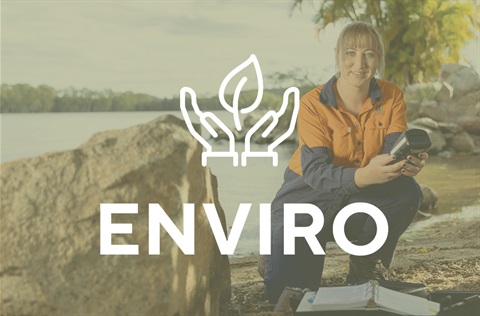Flying Fox Colony, Moranbah
Published on 27 September 2024

Isaac Regional Council is monitoring the flying fox colony roosting in yards around Bradman Street, Mills Avenue, Barraclough Crescent, Kangaroo Drive, Chifley Court, Hart Court, Hannan Drive, and Flinders Drive in Moranbah. Little Red Flying Foxes migrate through Isaac region townships annually between August and May as part of their greater migration along Australia's eastern coast. Flying foxes are protected in Queensland under the Nature Conservation Act 1992, with some species classified as endangered. Any management actions by residents or Council must comply with the Act and be regulated by the Department of Environment, Science, and Innovation.
MANAGEMENT AT HOME
Council encourages residents to manage vegetation on their properties to prevent flying foxes from settling in their backyards. Trimming the canopy or removing trees like Mango, Fig, or Poinciana, which attract flying foxes, is recommended. However, flying foxes can also roost in eucalypts, palms, and other trees. Council understands that not all residents may wish to manage vegetation, and it cannot require private property owners to do so. Once flying foxes establish themselves, vegetation management is limited and must follow advice from the Department of Environment, Science, and Innovation. For more information, visit https://www.isaac.qld.gov.au/files/assets/public/v/1/residents/environment/flying-foxes/flying_fox_roost_management_statement_of_intent.pdf.
PRIVATE MANAGEMENT ACTIVITES
Council is aware that some residents have received advice from the Department of Environment, Science, and Innovation regarding management actions on their properties, provided these follow the Department’s Code of Practice. Residents are encouraged to contact the Department to discuss their specific property and intended actions before proceeding. Actions taken outside the Code of Practice are not authorised under State legislation and may result in legal consequences. Visit https://www.qld.gov.au/environment/plants-animals/animals/living-with/bats/flying-foxes/managing-impacts-of-flying-foxes
HEALTH CONCERNS
Handling flying foxes poses health risks. Never touch them without immunisations and proper protective clothing. To dispose of a dead flying fox, wear thick gloves, use a shovel or tongs, and place it in a plastic bag. You can then dispose of it in your rubbish bin or local landfill. If the animal is alive, do not touch and contact 1300 ANIMAL to speak to a wildlife carer.
If you require further information please contact Council’s Customer Service Centre available 24 hours a day, 7 days a week on 1300 ISAACS (1300 472 227) or visit www.isaac.qld.gov.au
CALE DENDLE
Chief Executive Officer